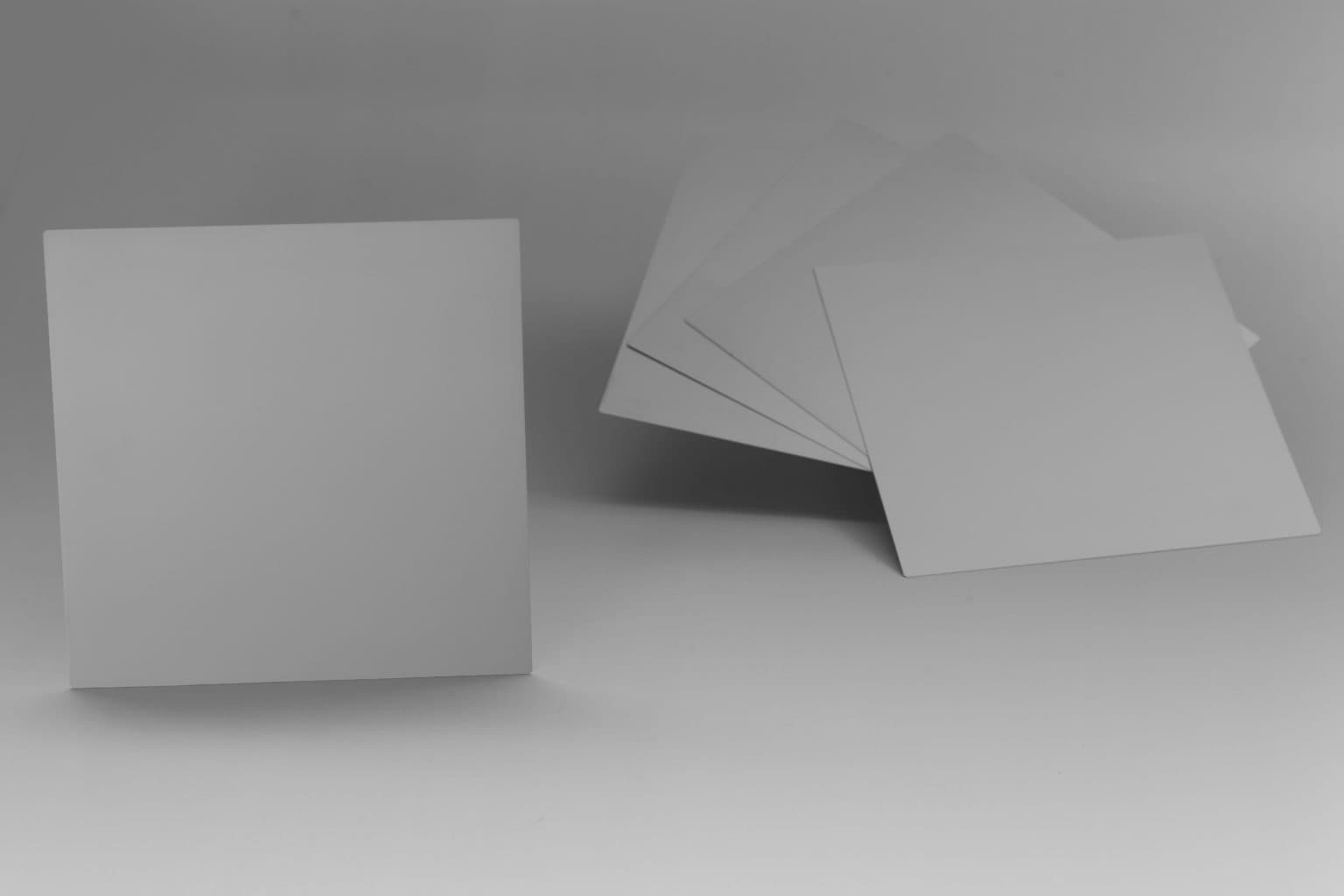Taken from PV-Magazine
Taken from PV-Magazine written by Emiliano Bellini on August 12th, 2025
Researchers from Zhejiang University in China have investigated the impact of impurities and defects on the performance of solar cells built with mono cast silicon (CM-Si) wafers and have found that only around 70% of the cells produced with this material can equal that achieved with conventional Czochralski wafers.
Mono ingots and wafers for PV applications are manufactured with seeded cast silicon, which is also known as cast-mono or quasi-mono crystalline silicon. The cast mono process facilitates the production of “mono like” wafer materials using a modified multicrystalline furnace, while avoiding costly investment in ingot pulling machinery. Cast-mono wafers are less susceptible to recombination caused by boron-oxygen defects and have the advantage of lower light-induced degradation. Their commercial maturity, however, is far from being reached, due to the lack of suitable processes further down the production line.
“Our research provides an application-oriented analysis of how impurity defects in cast monocrystalline silicon materials affect solar cell performance,” the research’s lead author, Shuai Yuan, told pv magazine. “While prior studies have primarily emphasized the optimal performance of cast monocrystalline materials, our work examines the issue from the perspective of the minimum production cycle unit—a complete crystal ingot.”
“We identified dislocation clusters and metal contamination as the two primary factors influencing efficiency,” he went on to say. “Both factors contribute to efficiency tailing in solar cells. Dislocation clusters are prevalent at the top of the crystal and pose a far greater risk to cell performance than metal contamination originating from crucible diffusion.”
In the study “Analysis and impact of impurity defects on efficiency and stability of mass-produced cast monocrystalline silicon wafers and solar cells,” published in Solar Energy Materials and Solar Cells, the research team explained that persisting high-density defects remain the main hurdle for this wafer technology to become competitive in the PV industry.

The academics conducted a series of experiments on PERC solar cells based on metal wrap-through (MWT) design using a commercial Czochralski silicon (Cz-Si) cell production line. They used photoluminescence (PL) measurements on regions of wafers identified by PL imaging as containing highly recombination-active defects. In addition, they used electroluminescence (EL) to assess solar cell performance.
“We demonstrated that while approximately 70% of cast monocrystalline silicon wafers perform comparably to Czochralski-grown monocrystalline silicon, the remaining 30% exhibit excessive tailing,” Yuan said. “Metal diffusion and defect propagation at the top remain inherent challenges in the casting method that have yet to be resolved. Additionally, our findings reveal that significant low-efficiency factors in mass production can be readily identified through straightforward comparisons of efficiency data.
“Currently, leading manufacturers—predominantly in China—are shifting focus toward advanced cell technologies such as n-type TOPCon and heterojunction cells, which demand exceptionally high silicon wafer lifetimes,” Yuan concluded. “Substantial R&D efforts are also directed at pure perovskite and tandem cells. Until these persistent issues are addressed, cast monocrystalline silicon is unlikely to capture a meaningful market share, despite its lower crystal growth costs.”
In 2022, another group at Zhejiang University developed a manufacturing technique to produce high-quality mono cast silicon (CM-Si) ingots with a stable monocrystalline ratio for solar cell applications.
In 2019, Canadian Solar said that it had achieved 22.8% efficiency for its p-type multicrystalline P5 solar cell, based on mono cast technology. Just a few months earlier, rival GCL Systems Integration unveiled cast mono tech modules with 18.9% efficiency.
